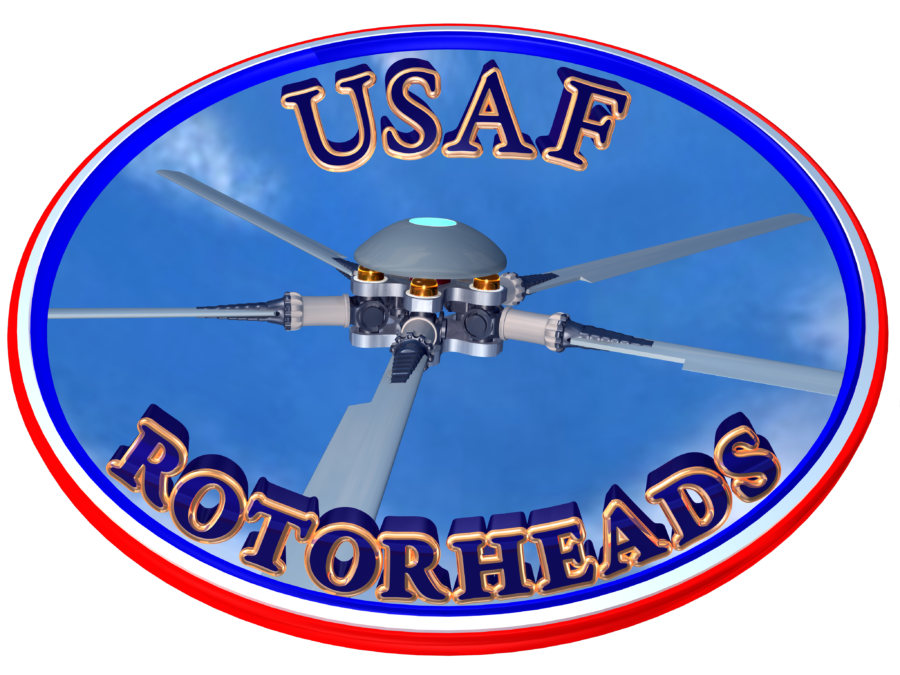Helicopter Accidents
This page documents U.S. Air Force helicopter accidents. If you have any information to contribute, please contact us.
MH-53M
RAF Mildenhall, UK
24 Jan 2002
S/N #67-4994
On 24 January 2002, at 4:47 a.m. Central European Time (CET), a MH-53M Helicopter, Tail Number 67-4994, struck the USNS Kanawha in the western Mediterranean Sea, coordinates N3708.46 E01550.17. The MH-53 Helicopter was assigned to the 21st Special Operations Squadron, 352nd Special Operations Group, Royal Air Force Base Mildenhall, United Kingdom. The mishap aircraft was planned to insert forces onto a shipboard landing zone (LZ). The designated LZ was the ship’s one-spot helicopter flight deck. The mishap aircrew was performing a night live team vertical board search and seizure (VBSS) fast rope insertion out of the right door using night vision goggles. While maneuvering in a 30-foot hover above the deck, the mishap aircraft struck an antenna mounted atop the ship’s superstructure. There were no fatalities or injuries to any crewmember in the mishap. There was extensive damage to the rotor system of the helicopter. There were no injuries to anyone on the ship.
The LZ was located on the stern of the USNS Kanawha in close proximity to the six-story superstructure upon which the impacted antenna was mounted. The approach to the LZ was controlled and there was no awareness of impending danger until impact. It was identified through aircrew testimony that each crew member had a different understanding of the rotor clearance available at their selective hover position, which was the painted center of the flight deck’s painted landing circle. It was also identified through aircrew testimony that, with one exception, the crew members believed the forward limit providing safe clearance within the landing circle was the vertical replenishment line (T-line). The right scanner, however, believed the aircraft to be safe when positioned anywhere inside the flight deck’s painted landing circle. Keeping the aircraft’s transmission at of the T-line to the forward limit of the landing circle provided between 3 feet and 7 feet of rotor clearance. The right scanner’s belief of having more clearance than was actually present led to position calls that were neither timely nor adequately directive. The pilot’s belief that the aircraft’s position was further from the superstructure than it actually was led to inadequate control inputs to effect immediate reversal of the approach’s right drifting vector into the ship’s superstructure.
The board president determined the crew was unaware of the actual rotor clearance available and did not adequately communicate a coordinated forward rotor clearance during the planning process. The ensuing lack of situational awareness was the primary cause of the accident.
Under 10 U.S.C 2254(d) any opinion of the accident investigators as to the cause of, or the factors contributing to, the accident set forth in the accident investigation report may not be considered as evidence in any civil or criminal proceeding arising from an aircraft accident, nor may such information be considered an admission of liability of the United States or by any person referred to in those conclusions or statements.
Integrity, Honor, and Respect
Some of the best things cannot be bought, they must be earned
©2023 USAF Rotorheads All Rights Reserved | Financial Statement

